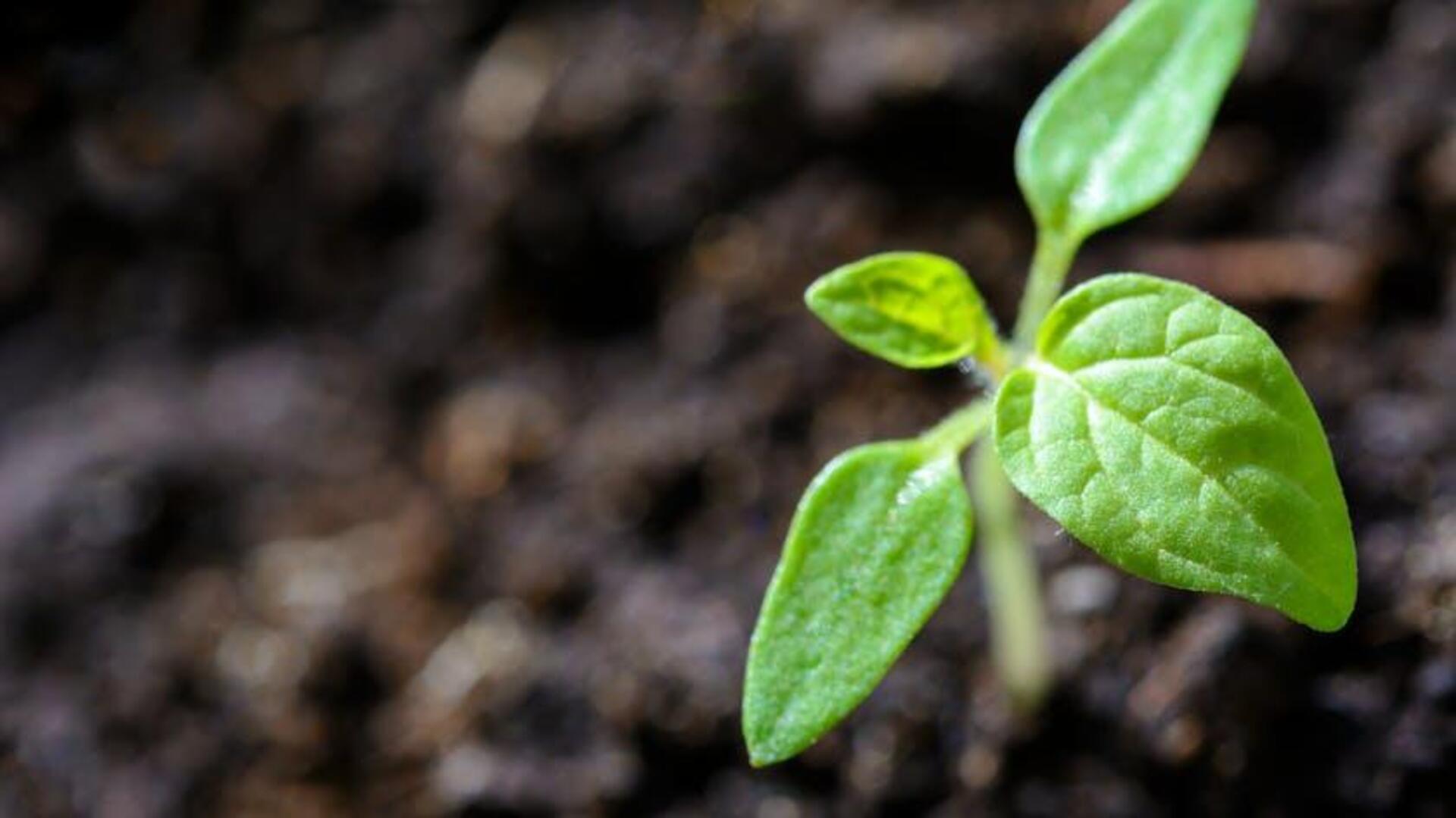
Ping-pong balls: A smart hack for healthier plants
What's the story
Enhancing plant growth can be a fascinating task, especially when you use unconventional methods. One such method is the strategic placement of ping-pong balls. It uses the reflective properties and lightweight nature of these balls to improve light distribution and moisture retention for plants. Here's how you can use ping-pong balls in gardening to see noticeable improvements in your plant's health and growth rate.
Light reflection
Reflective light enhancement
Ping-pong balls have a smooth, white surface that reflects light efficiently. When placed around plants, they can distribute sunlight more evenly across the foliage. This increased exposure to light can enhance photosynthesis, leading to healthier and faster-growing plants. The reflection also helps reach lower leaves that might otherwise be shaded by upper foliage.
Water conservation
Moisture retention aid
The placement of ping-pong balls on top of soil can help with moisture retention by minimizing evaporation rates. This is especially useful in hot climates or during dry spells when conserving water is of utmost importance. By keeping soil moisture levels consistent, plants experience lesser stress and can grow more robustly.
Heat management
Temperature regulation benefits
Ping-pong balls on the soil serve as an insulating layer, which is important for regulating root temperature. They keep things cooler on hot days and warm during cold nights. This temperature control is important for optimal root function and plant health, which in turn promotes vigorous growth by keeping roots operating under ideal conditions. Their role in maintaining a balanced soil environment explains their importance in gardening practices.
Pest control
Pest deterrence strategy
Using ping-pong balls as a physical barrier around plants can effectively deter certain pests. Their smooth surface complicates the movement for crawling insects, making it challenging for them to reach the plants. This method provides an added layer of protection against pests without the need for chemical pesticides. It's a simple yet innovative way to safeguard your garden, ensuring your plants remain healthy and less susceptible to pest infestations.